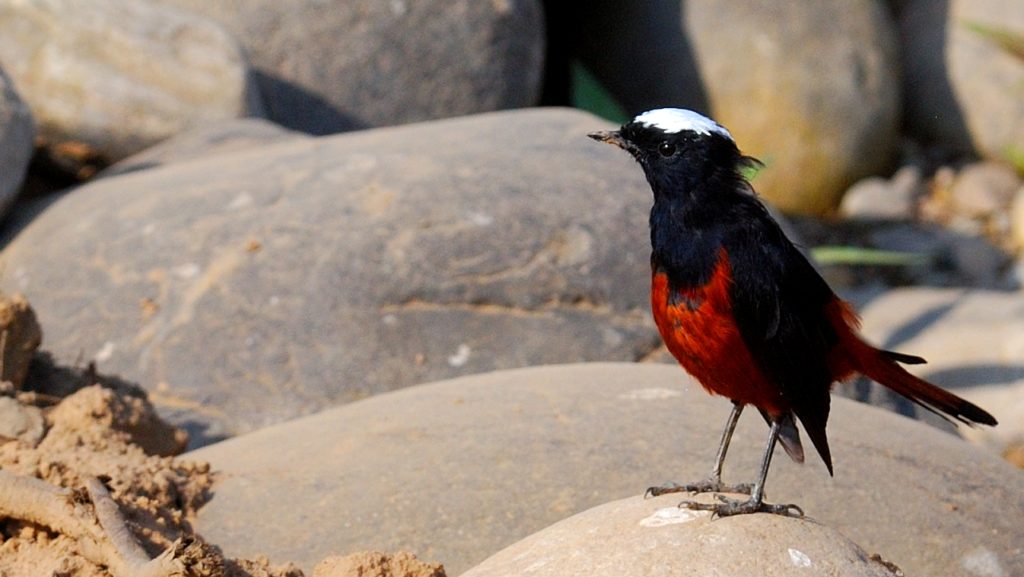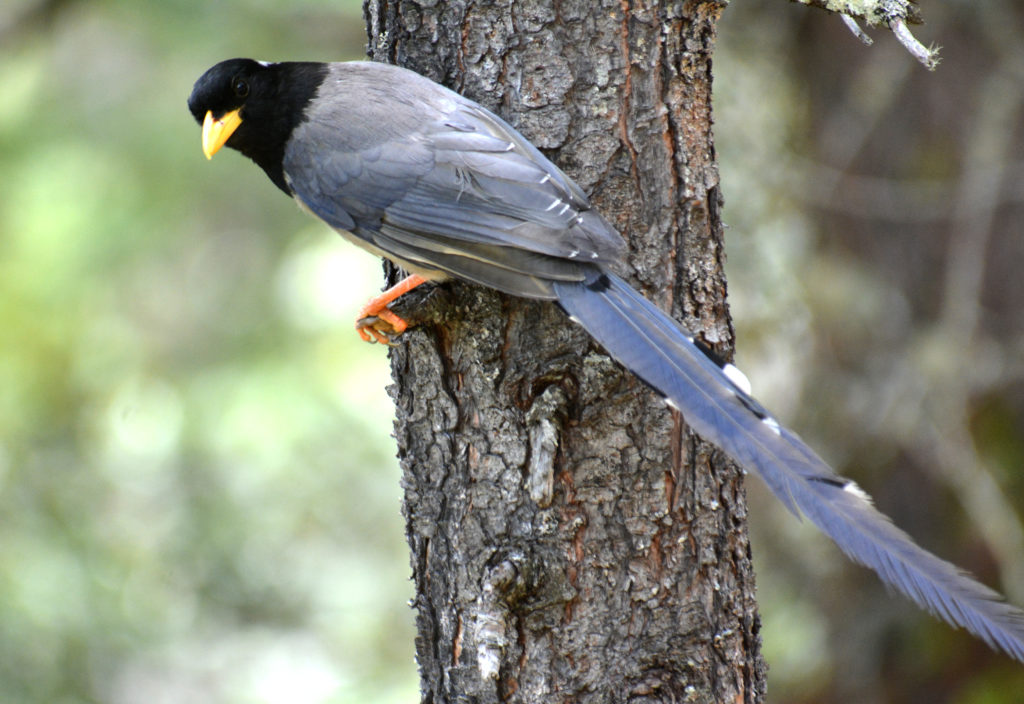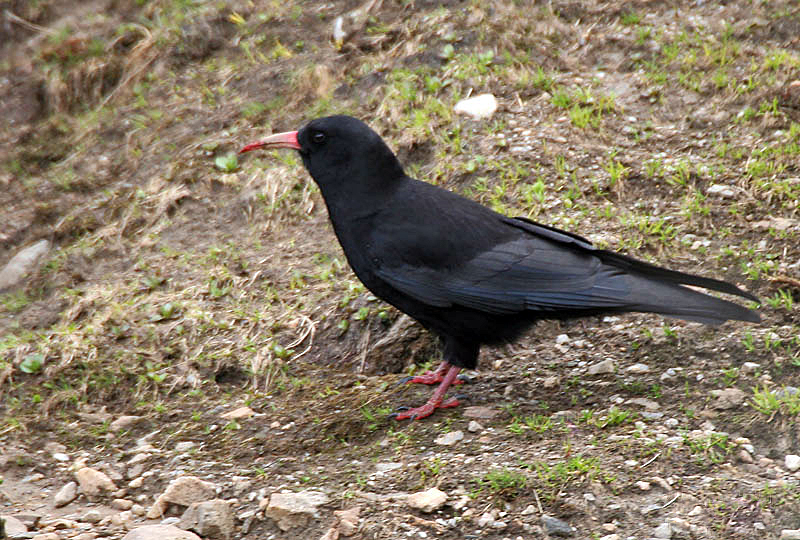What defines the bird life on a Western Himalayan Trail?
Like everywhere else, it’s the habitat. While you walk up the path, the first thing you will notice is the changing habitat. It can range from rivers and river beds, mixed forests, alpine forests, lakes, open grasslands, forest-clearings and above tree-line habitat. Depending on the trail you choose, it can cover some or all of these. Here are some of the birds to look out for in the Western himalayas and the treks you are most likely to see them on. The bird species change with the habitat and we suggest you look out for them when you cross these different areas.
1. Himalayan Monal

This is a bird straight out of a fairy tale! The male is covered in multi-coloured plumage and you will recognise this as soon as you see it! In contrast, the female is dull brown in colour. Usually seen at altitudes above 2200 meters. Most times they are spotted when startled. Being clumsy fliers, they will glide down the hill side and head for cover under some thick bushes. Look out for them while gaining altitude on steep slopes. Their call is very distinct. Hear the Monal Call:
Where to find it?
On the Great Himalayan National Park Trek on Day 3 when you climb to Rakhundi Top, the forest is teeming with Monals.
Forest between Manjhi to Dodital on the Dodital Hanumanchatti Trek.
2. The White-Capped Red Start

This bird is characterised by an unmistakable white patch on its head. Rest of the head, back, wings, chin, throat and breast are glossy black. Remaining underparts, rump and tail are orange-chestnut. This bird can be seen fluttering around from one stone to another along fast-moving waters.
Where to find it?
Look out for them along rocky fast-moving streams along the trail or camp sites. Rocks on and along Nyund stream all the way on the Kareri Lake Trek and the Rolla campsite on Day 1 on the Great Himalayan National Park Trek.
3. Yellow-Billed Blue Magpie

This is a beautiful large bird belonging to the crow family. It resembles the crow, but little. As the name suggests, it has a red bill and a blue body. The most majestic anatomy of this bird has got to be its long tail, which is almost as long as its body. This bird can be found in the Himalayan mixed forests and even in the higher alpine forest in summer. It is commonly seen hopping around in the lower branches and the ground, as it feeds on small insects, fallen fruit and seeds. You will usually hear the bird before you see it. Its characteristic loud metallic call will alert you of its presence.
Where to find it?
On Day 1 and 2 while we are still below 3000 meters, especially near Agoda village and Bebra campsite on the Dodital Hanumanchatti Trek
4. Himalayan Griffon

The Himalayan Griffon is a big bird, also called the Himalayan vulture. Look out for them as they soar effortlessly along the craggy slopes of the Himalayas. They have huge wingspans (sometimes as long as 10 feet!) and nest on the cliff sides, where fewer predators can reach their vulnerable eggs and young. They are scavengers looking for opportune meals in the form of dead livestock.
Where to find it?
Soaring on the Dug Dug top day (if you can manage to look away from the majestic Indrasan and Dep Tibba!).
5. Chough

This bird belongs to the crow family and can be seen at altitudes above 3000 meters. They look almost the same as crows, except that they have yellow beaks. They are very well adapted to the harsh conditions, even above the tree-line. Watch out for these birds, as you enter open meadows and high ridges.
Where to find it?
On the Darwa pass on the Dodital Hanumanchatti Trek and on the way to the Minkiani pass on the Dhauladhar Hidden Lakes Trek.
Write to me about the birds you have seen on himalayan trails. Which other birds merit a mention here?
You may email me at vivasvat@anthilladventures.com

